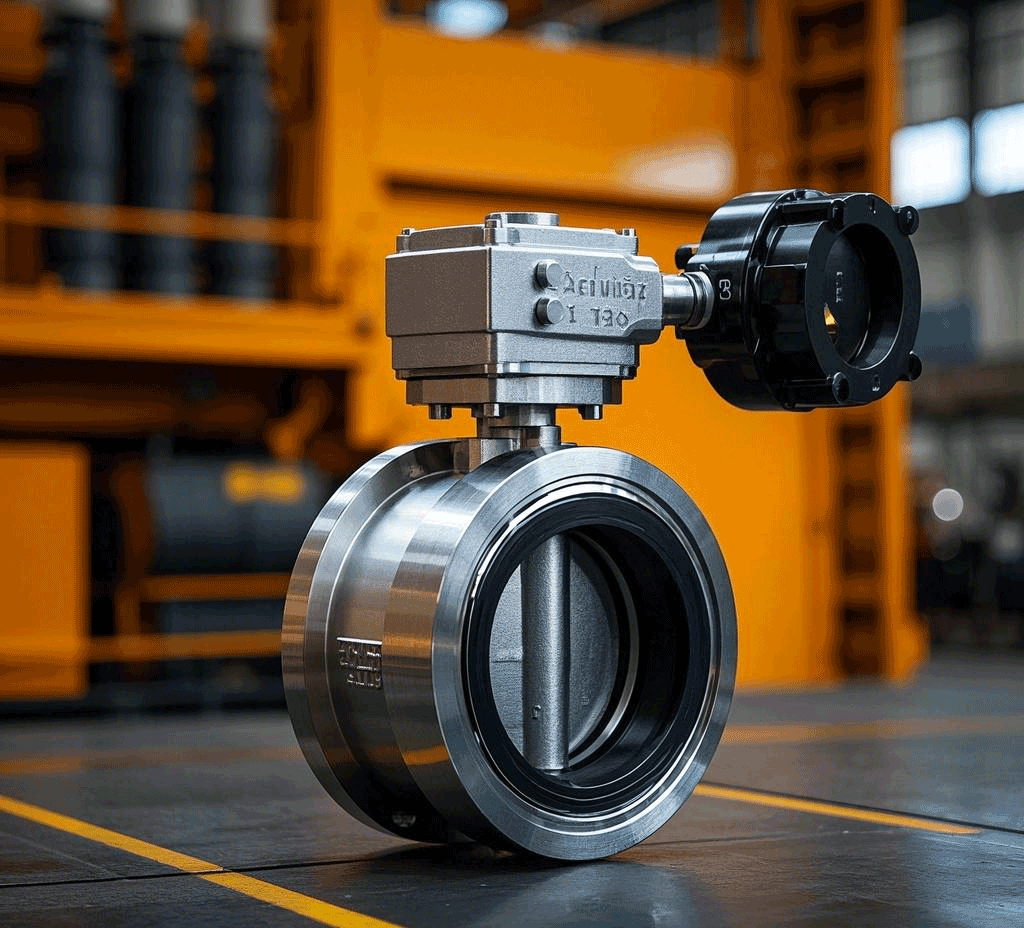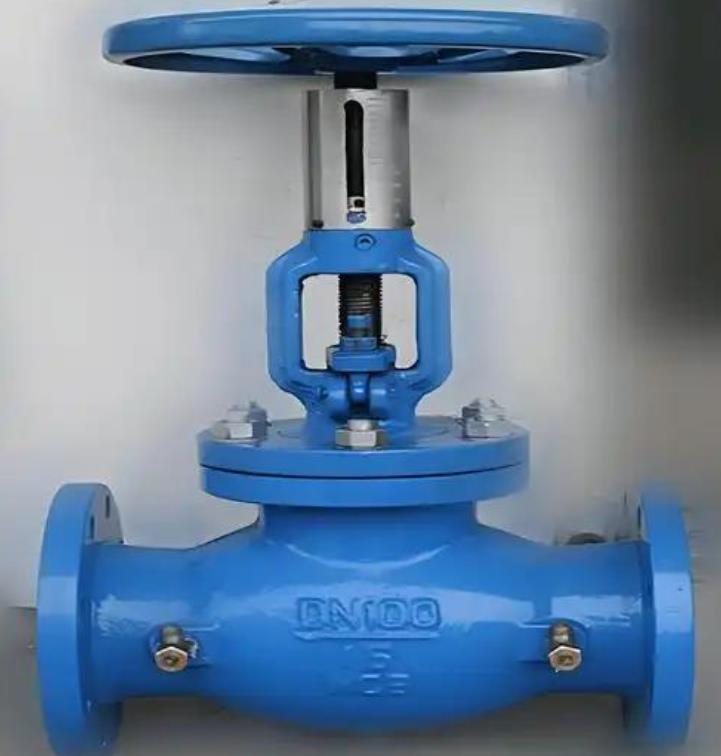Noise generated by control valves in industrial systems not only affects the working environment, but also may lead to shorten the life of the equipment. This paper organizes 8 scientific noise reduction methods to help you choose the optimal solution according to the actual scene.
First, the root cause of noise and governance logic
Control valve noise mainly from fluid power (such as cavitation) and mechanical vibration (such as resonance). Treatment needs to control the sound source, sound path blocking, structural optimization of the three aspects of the priority to eliminate the root cause, and then supplemented by physical noise reduction measures.
Second, 8 major noise reduction methods
- Eliminate resonance noise
Phenomenon: 3000-7000Hz high-frequency monotone noise, accompanied by vibration (varying intensity).
Solution:
Adjust the valve installation position to avoid pipeline resonance frequency.
Increase the rigidity of the support structure to change the inherent frequency of the system. - Cavitation noise control
Phenomenon: similar to the gravel friction “grating sound”, broadband noise.
Solution:
Reduce the pressure difference before and after the valve (ΔP/P1 < 0.8).
Selection of anti-vapor-corrosion spools (e.g. multi-stage pressure-relief design). - Thick-walled pipe design
Data support: Increasing the wall thickness of a DN200 pipe from 6.25mm to 21.5mm reduces noise by 18 dB.
Applicable scenarios: high-pressure fluid transportation systems, the cost is proportional to the noise reduction effect. - Sound-absorbing material wrapping
Implementation points:
The package should cover the noise source and the downstream pipeline 3-5 times the length of the pipe diameter.
Recommended materials: glass fiber, rubber composite materials. 5. - Tandem silencer
Economy: can attenuate the noise up to 25 dB, suitable for high flow rate or high pressure difference scenarios.
Suggestion: Give priority to absorbent silencers to avoid high back pressure affecting system performance. - Soundproof box isolation
Application Scenario: Noise sensitive areas (e.g. factories near residential areas).
Design key: the box should be lined with sound-absorbing cotton, reserved access. - Multi-stage throttling pressure reduction
Principle of operation: Distribute the total pressure drop to the regulating valve and fixed throttling elements (e.g. multi-hole plate).
Efficiency Optimization: Ensure that the regulating valve matches the noise level of the diffuser to avoid secondary noise superposition. - Low noise valve selection
Technical Advantage:
Curved flow path design (e.g. porous sleeve) reduces flow velocity and avoids supersonic flow.
Compared with ordinary valves, it can reduce noise by 10-20 dB and minimize long-term operation and maintenance costs.
Scenario-based selection guide
Scenario Recommended Solution Cost Rating
High pressure differential (ΔP/P1 > 0.8) Multi-stage throttling + low-noise valve Medium-high
Noise sensitive area Sound barrier + thick wall pipe High
Frequently opening and closing valves Anti-cavitation spool + tandem silencer Medium
Maintenance and monitoring
Regular inspection: use vibration meter to detect the resonance frequency of the valve every quarter.
Intelligent monitoring: install online noise sensors, real-time warning of abnormal sound levels.
Optimization of spare parts: Priority reserves of low-noise spool valves to shorten downtime replacement time.
Summarize
Control valve noise management needs to be combined with the actual project, priority from the source control (such as cavitation, resonance), and then through the material or structure optimization to reduce the spread. For projects with limited budget, low noise valve selection (Article 8) is the most cost-effective solution. For customized solutions, please contact a professional valve supplier for an acoustic simulation analysis report.



